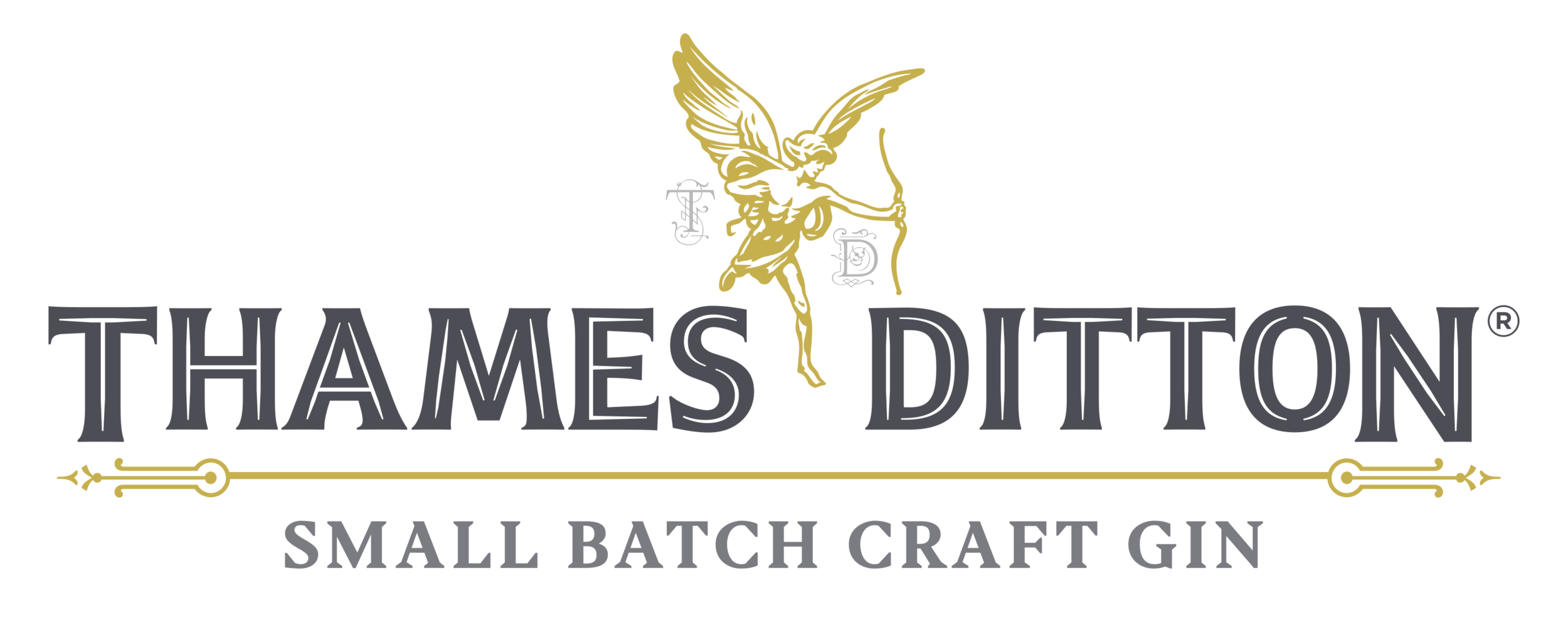The King William of Orange
A portrait by Sir Godfrey Kneller, 1680s
In 1689, King William of Orange had moved into Hampton Court Palace and immediately enacted a series of laws to encourage gin distillation, this is a tribute to his critical part in the launch of gin.
We have the Dutch to thank for gin. Jenever also known as genièvre, genever, peket, or in the English-speaking world as Dutch gin or Hollands is the juniper-flavored national and traditional liquor of the Netherlands and Belgium, from which gin evolved.
On February 20, 1702 William was riding Sorrel, a new horse, in the park of Hampton Court. As the horse began to gallop it stumbled on a molehill and fell throwing William who broke his collarbone, with ultimately fatal consequences. This unhappy incident was to give rise to a new Jacobite toast, ‘To the little gentleman in black velvet’.
This local influence and history has given rise to our signature cocktail.
INGREDIENTS
2 parts Thames Ditton Gin
Fever Tree Tonic - we've found it goes best with this (yellow label)
A peel of skin from a vibrant orange - blood orange when in season - a vegetable peeler works best for this. This really brings out the flavour of the orange botanicals
Plenty of ice to your liking
RECIPE PREPARATION
Fill a tall or copa glass with ice and pour over your measure of Thames Ditton Gin. Add the Fever Tree Tonic to your preferred strength. We've found it works quite well all-in. Add the peel of your orange and push between the ice for maximum visual effect. If you really want to bring the flavour of orange through then squeeze or twist the peel as you add it to your drink to release some of the natural essential oils in the skin. Relax, unwind and enjoy!

